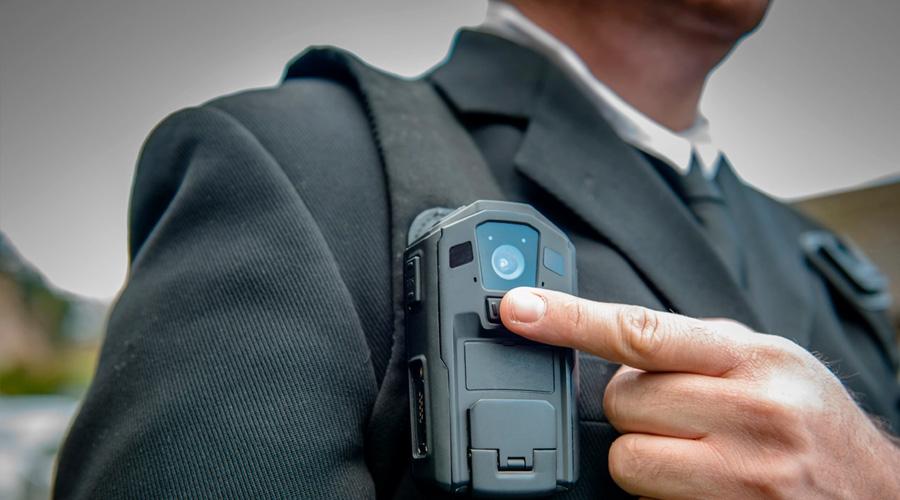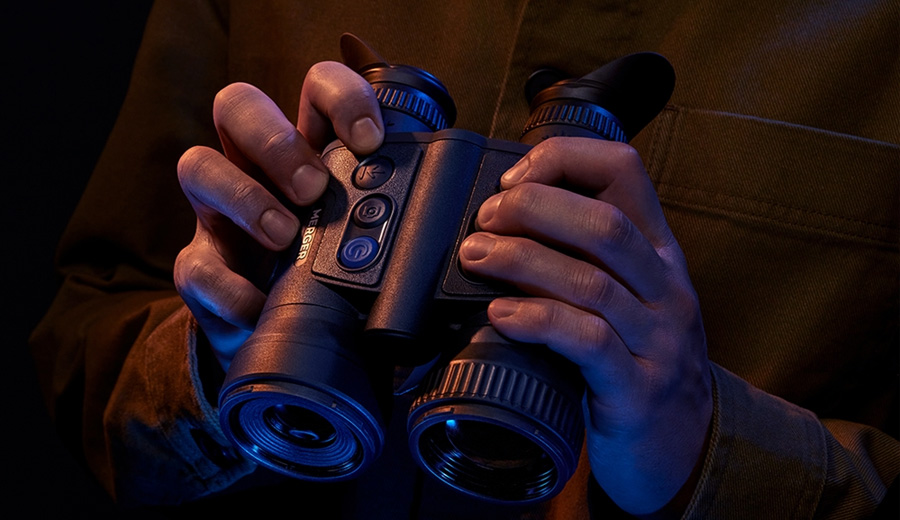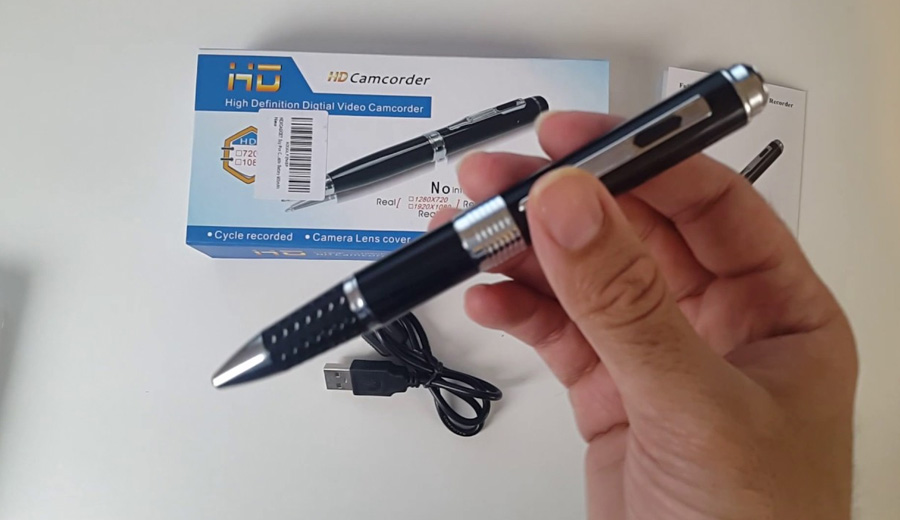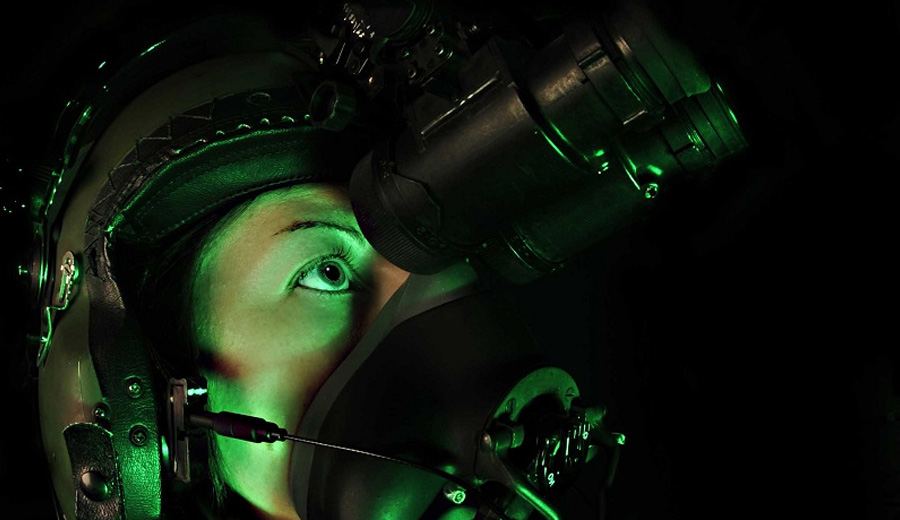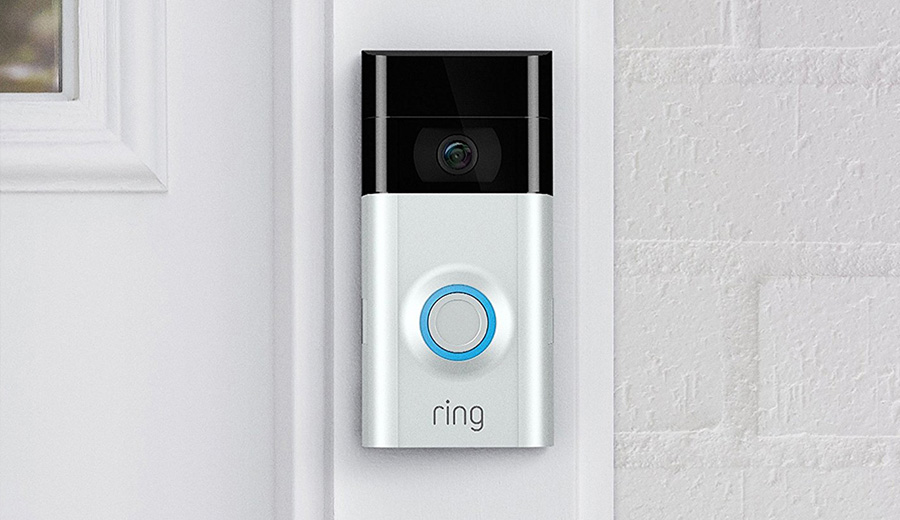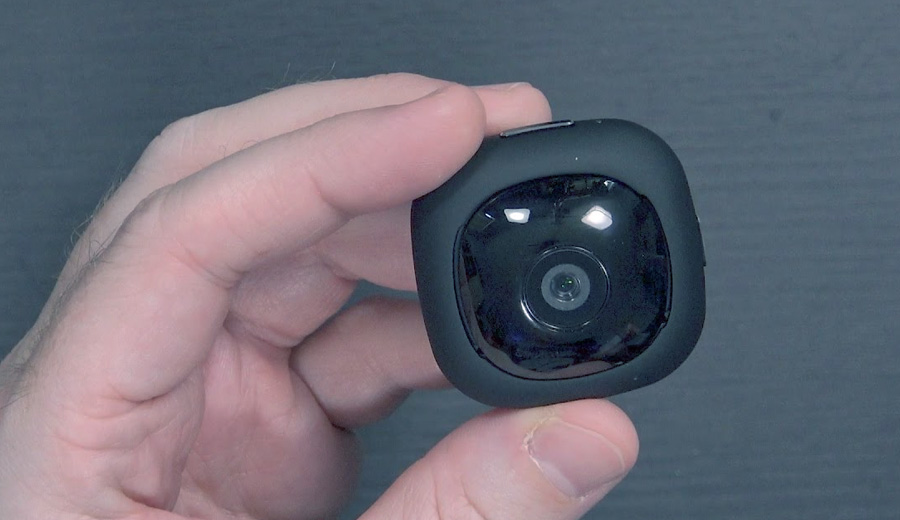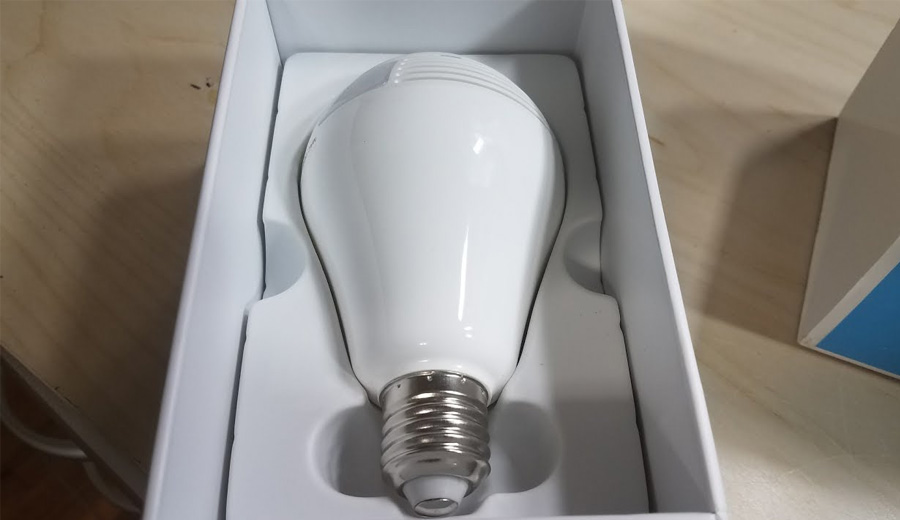Technological advancements have been pivotal in improving the efficiency of policing in law enforcement.
The use of spy cameras or body-worn cameras by police officers has seen a lot of growth. They are now essential tools for recording evidence as it happens right now, creating transparency, and building accountability.
With technology changing, spy cameras in law enforcement look likely to have a good future as the trends and innovations are set to transform how officers perform at their job.
- Enhanced Resolution and Image Stabilization
The development of higher-quality picture stands out as one of the most obvious trends to continue in spy camera technology.
Cameras nowadays become more sophisticated with higher resolution video imaging and image stabilization. We went from 480 pixels to 720, 1080. We have some cameras that can handle 2K and even 4K resolutions.
This improves the resolution of details that can be observed on the footage. Zooming in on someone’s face, an item, or a license plate has become much easier and convenient.
Such footage offers clear and stable video in investigations and court proceedings.
- Real-time Streaming and Cloud storage.
Real-time streaming and storage on the cloud are most probably the future of spy cameras in law enforcement.
Body-worn cameras will allow officers to transmit live video and audio to command centers remotely. There won’t be a need for body worn receiver to gather the data. With larger data collected, and help of AI, a better understanding of mass police involvement and interactions can be formed.
This may be very beneficial in emergency and active situations where the decisions need to be immediate and coordination.
In case of damage or tampering with a camera or recorder, cloud storage ensures that data is securely stored elsewhere, thereby mitigating losses.
It also offers convenience because the data is easily accessible by authorized officers thereby enhancing investigation processes.
- Artificial Intelligence (AI) Integration
Another big trend in this industry is AI that can be integrated in spy cameras. AI can aid officers and investigators to locate specific events or persons by automatically grouping and assigning tags to the vast amounts of data collected.
Some of AI-driven features include facial recognition, object detection, and license plate recognition and will make investigations much faster.
Moreover, AI can also spot a threat or odd pattern in real time and warn the officer of possible danger or anomaly.
A reactive use of artificial intelligence may be employed in order to improve officer’s safety and faster response when the need arises.
- Extended Battery Life and Efficiency
Body-worn cameras have, since inception, have been hindered by the limited battery life. Especially body worn cameras with receivers that officers carry. They need to be small enough to be lightweight. Therefore, not much battery storage can be expected in these devices.
The development of future battery technology may enable these devices to operate for longer hours and require less frequent charging or exchange of the batteries over the course.
Battery life is extended to maintain the operation of cameras as well as recording vital situations without interruption.
- Wearable Accessories and Integration
Today, when it comes to spy cameras in law enforcement, such devices are not confined to standalone body-worn ones. They are now being integrated into new equipment and accessories the officers wear like uniforms, glasses, and helmets.
Integration of recording capabilities into existing mobile technology allows officers to avoid carrying bulky extra equipment that could reduce their mobility and efficiency while on duty.
- Privacy and Data Security
Privacy and data safeguarding is also one point which will feature in the future of spy cameras in law enforcement. However, it is important to achieve the right balance between transparency and individuals’ privacy rights.
This will include strong encryption and data protection in the prevention of third-party access to recorded video content. Also, specific rules and regulations will be enforced on when and how this equipment should be employed protecting the citizens’ freedom of privacy and ensuring professional conduct in police actions.
To conclude, the future of spy cameras in the police department looks promising, because there are numerous trends and innovations set to improve performance of officers patrolling the streets.
These tools will certainly be essential as technology advances to provide more transparency and accountability in policing, and hence earn public trust.
In relation to better resolution, live-streaming, incorporating artificial intelligence, longer battery life, wearable accessories and more, people will have more opportunities ahead for law enforcement.

